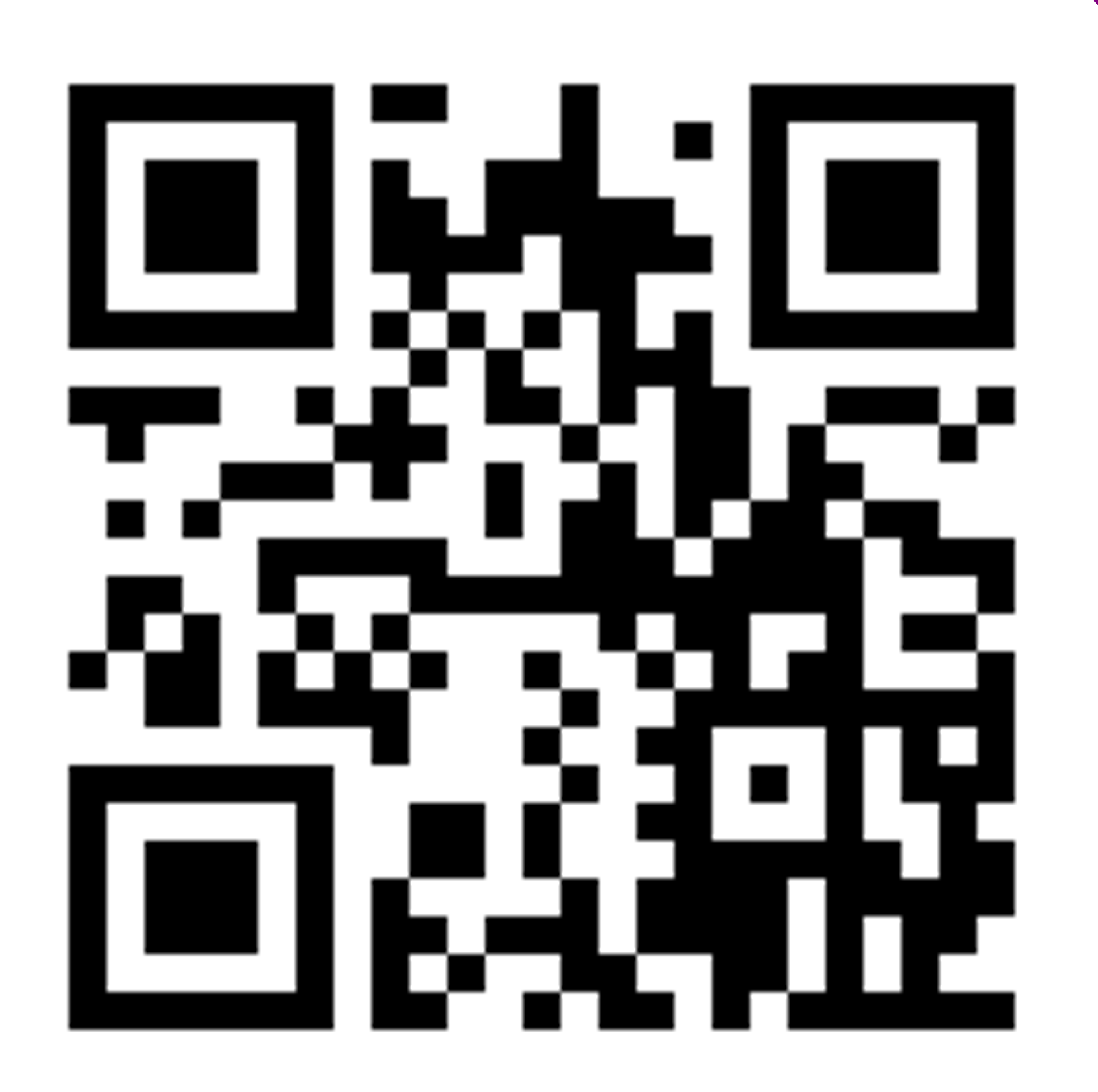ค้นหางานศิลปกรรม
ฐานข้อมูลศิลปกรรมในเอเชียตะวันออกเฉียงใต้
จิตรกรรมภาพเขียนสีก่อนประวัติศาสตร์เขาจันทน์งาม
ภาพเขียนสีทั้งหมดเขียนด้วยสีแดง อยู่สูงจากพื้นดินประมาณ 2-4 เมตร การศึกษาที่ผ่านมาของกรมศิลปากรและมหาวิทยาลัยศิลปากรได้จัดแบ่งภาพเขียนสีที่พบเป็น 12 กลุ่มตามตำแหน่งที่พบ โดยรวมแล้วมีภาพทั้งหมด 44 ภาพ เป็นภาพคน 32 ภาพ ภาพสัตว์ 5 ภาพ (สุนัข นกหรือไก่ ตะกวด? เม่น? เสือ?) คันธนูและลูกศร 1 ภาพ และไม่ทราบว่าเป็นภาพชนิดใด 5 ภาพ เทคนิคการเขียนภาพมี 2 แบบ คือ ภาพเงาทึบและลายเส้นโครงร่างภายนอก ภาพคนส่วนใหญ่มีส่วนน่องโต มีผ้านุ่ง ไม่สวมเสื้อ ผู้หญิงจะมีหางนกห้อยมาจากกระเบนเหน็บและพู่ประทับบนหัวกลุ่มที่ 1 เป็นภาพชุดที่เด่นและสำคัญที่สุด อยู่บนผนังหินด้านทิศตะวันออก เนื้อที่ขนาด 1x2 เมตร เป็นภาพเขียนแบบเงาทึบ ภาพมี 2 แถว (บนและล่าง) ลักษณะเป็นรูปกลุ่มคน 14 คน มีทั้งเพศชายและหญิง วัยเด็กและผู้ใหญ่ รวมทั้งภาพสุนัข 1 ตัว โดยมีรายละเอียดคือแถวบน เป็นภาพคน 3 คน คนแรกมีเพียงครึ่งซีก ไม่มีหัว คนที่ 2 ยืนกางแขน มีผ้ากางออกมาจากส่วนเอวทั้ง 2 ข้าง ชายผ้ามีแฉกเป็นริ้วๆ เป็นภาพที่เขียนด้านตรง แต่หันหน้าเอียงไปทางขวา คนที่ 3 เขียนให้เห็นด้านข้าง หันหน้าไปทางตรงกันข้ามกับคนที่ 2 ภาพนี้ไม่เต็มรูป ขาดส่วนคอ ลำตัวบางส่วน และต้นขาแถวล่าง เป็นขบวนภาพคนเดินเรียงเป็นแถว ภาพแรกของแถวล่างอยู่ต่ำจากแถวบนประมาณ 30 เซนติเมตร เป็นภาพคนยืนถือธนูในท่าทางกำลังยิงธนู โดยลูกธนูถูกยิงออกจากคันธนูแล้ว ภาพนี้เป็นภาพเขียนให้เห็นด้านข้าง มีเส้นผมอยู่บนหัว นุ่งผ้าห้อยหน้าหลัง ชายผ้าด้านนอกมีแฉกเป็นริ้วๆ ขาด้านหลังสลับเลื่อนไป ต่อจากภาพนี้เป็นภาพสุนัข หูตั้ง หางดาบ มีอวัยวะเพศบ่งบอกว่าเป็นตัวผู้ ลักษณะตัวผอมยาว ต่ำจากภาพสุนัขลงมาเล็กน้อยเป็นภาพคนนั่งชันเข่า คนที่ 2 เป็นภาพผู้หญิงมีท้องใหญ่ เปลือยอก มีหางคล้ายหางนก ภาพ 2 คนนี้อยู่ในลักษณะที่กำลังเล่นหรือคุยกัน คนหนึ่งเป็นผู้ชาย คนหนึ่งเป็นผู้หญิง ภาพถัดไปเป็นภาพคนยืนเท้าเอว นุ่งผ้า 2 ชิ้นหน้าหลัง แขนขวายกตั้งศอก เป็นภาพเขียนด้านข้าง ห่างจากภาพนี้ไปประมาณ 20 เซนติเมตร เป็นภาพคนยืนหลังค่อม บนหัวมีเส้นผม นุ่งผ้า 2 ชิ้นหน้าหลัง ชายผ้าด้านหน้ามีแฉกเป็นริ้วๆ มือขวายื่นออกไปถือสิ่งของคล้ายไม้เท้า ข้างหน้าภาพนี้เป็นภาพคนยืนยกแขนทั้ง 2 ข้าง คล้ายอยู่ในท่ารำ ต้นขาด้านหลังขาดหายไป ภาพถัดไปเป็นภาพผู้หญิง เห็นด้านข้างในท่าร่ายรำ ข้างหน้าภาพผู้หญิงเป็นภาพคนยืนยื่นแขนออกไปข้างหน้า มีผ้าปิดหน้า หลังชายผ้ามีรูปกากบาท ภาพถัดไปเป็นภาพเด็ก 2 คน อยู่ในท่ารำ คนหนึ่งยกแขกนทั้ง 2 ข้างขึ้น อีกคนหนึ่งมือซ้ายเท้าเอว มีขวายกขึ้น นุ่งผ้า 2 ชิ้นปิดหน้าหลัง ภาพถัดไปเป็นภาพสีแดงจางๆกลุ่มที่ 2 อยู่บนผนังหินด้านทิศตะวันออกใกล้กับภาพกลุ่มที่ 1 แต่อยู่คนละผนังหิน มีภาพคนชดเจน 1 ภาพ เป็นภาพคนผมยาวกำลังวิ่งหรือรำ มองเหลียวหลัง จากเข่าลงไปถึงปลายเท้าขาดหายไป ผนังด้านนี้มีรองรอยของภาพเขียนสีอยู่แต่ลบเลือนไปหมด เห็นเพียงสีแดงเป็นแถบๆกลุ่มที่ 3 อยู่บนผนังหินด้านทิศตะวันออก เป็นภาพคนกำลังจับสัตว์เลื้อยคาน ลักษณะคล้ายสัตว์กิ้งก่า แย้ หรือตะกวด ห่างจากภาพคนเล็กน้อยมีลายเส้นคดไปมา 3 เส้นกลุ่มที่ 4 อยู่บนผนังหินด้านทิศตะวันออก เป็นภาพคน 3 คน ไม่มีศีรษะ แสดงท่าทางยืนมีคนนุ่งผ้าคล้ายกระโปรงสั้นเหนือเข่า 2 คนกลุ่มที่ 5 อยู่บนผนังหินด้านทิศตะวันตก ภาพคน 3 คน ยืนขนาบภาพสัตว์คล้ายเม่นหรือหมูป่า ใช้เทคนิคเขียนภาพ 2 แบบ คือ แบบโครงร่างภายนอกและแบบเงาทึบ ภาพสัตว์และคนยืนอยู่หน้าสัตว์เขียนแบบโครงร่างภายนอก ส่วนภาพเขียนแบบคล้ายคล้ายเงาทึบเป็นภาพคนอยู่ในท่าทางกำลังวิ่ง นุ่งผ้าปิดหน้าหลัง 1 ภาพกลุ่มที่ 6 ภาพคน 3 คน ภาพที่สมบูรณ์ที่สุดในกลุ่มนี้อยู่ตรงกลาง เป็นภาพคนกางแขน นุ่งผ้าปิดหน้าหลัง แต่ส่วนตั้งแต่เข่าลงไปขาดหายไป สันนิษฐานว่าเป็นท่าร่ายรำ อีก 2 คนภาพขาดหายไป โดยหายไปครึ่งตัว ตั้งแต่หัวถึงกลางตัว 1 ภาพ และจากสะโพกลงไป 1 ภาพกลุ่มที่ 7 เป็นภาพสัตว์ภาพเดียว รูปร่างค้ลายสิงโตหรือเสือ ข้างหน้าสัตว์มีสีแดงเป็นจุดๆ รวม 5 จุด เกิดจากสีบางส่วนขาดหายไปกลุ่มที่ 8 รูปคน 2 คน แสดงท่ารำ มีเพียงครึ่งตัวด้านบน ส่วนล่างขาดหายไปกลุ่มที่ 9 รูปคน 1 คน ยืนยกแขนส่วนปลายแขนกับขาขาดหายไป 1 ข้าง ด้านข้างคนมีลายเส้นวาดยาวตามแนวตั้ง อาจจะเป็นภาพคนที่ลบเลือนไป (?)กลุ่มที่ 10 รูปคน 1 คน ไม่มีศีรษะ อยู่ในลักษณะท่าทางคู้ตัวกลุ่มที่ 11 มีรูป 3 รูป อาจเป็นภาพคนทั้ง 3 รูป แต่ภาพลบเลือนขาดไป กลุ่มที่ 12 เป็นภาพคนครึ่งตัว แขนข้างขวากางออกจากลำตัว แขนซ้ายเยียดตรงขนานกับพื้น


